Thermal transfer labels deliver unmatched durability for demanding environments, from industrial warehouses to laboratory freezers. With the right combination of face stock, adhesive, and ribbon, these labels stay legible through heat, cold, abrasion, and chemical exposure. We specialize in engineering label solutions that outperform the rest — built for your conditions, your printer, and your industry.
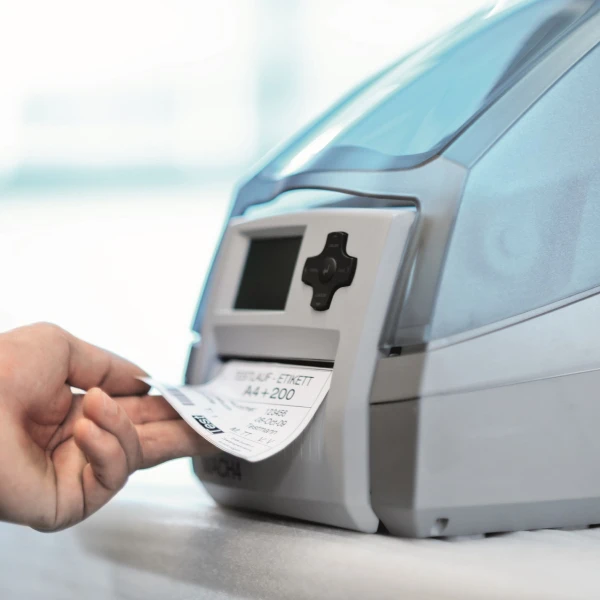
Thermal transfer labels are engineered to remain clear and scannable through the harshest conditions. Unlike direct thermal labels, they don’t fade with heat, light, or time. When paired with the right ribbon and printer, they deliver consistently sharp, durable prints across a wide range of industries.
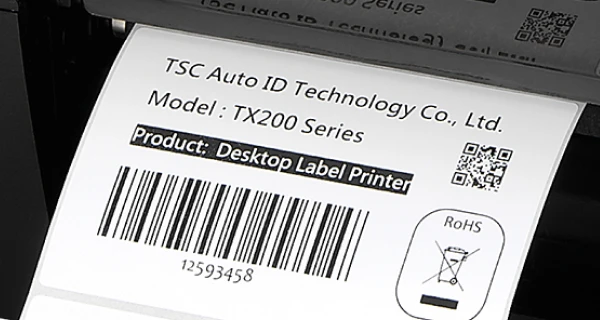
Thermal transfer labels offer long-lasting durability for demanding environments, making them ideal for applications that require resistance to heat, chemicals, and abrasion. Unlike direct thermal labels, they retain clarity over time, even in harsh conditions. When paired with the right ribbon and printer, they deliver consistent, high-quality results.
Long-lasting image durability
Withstands heat and chemical exposure
Works on paper or synthetic materials
Ideal for barcodes and asset tracking
From low-cost paper to rugged synthetics, thermal transfer labels can be tailored to your needs. Paper is ideal for short-term indoor use, while polypropylene and polyester withstand outdoor exposure, chemical contact, and freezer conditions. Each face stock can be combined with compatible adhesives to match the surface energy and application temperature.
The ribbon you choose determines how long the print lasts — and under what conditions. Wax ribbons work best on paper and offer cost-effective clarity for shipping and warehouse labels. Wax/resin and full resin ribbons increase resistance to smudging, solvents, and high heat, especially on synthetic materials, making them ideal for healthcare, industrial, and laboratory use.
Thermal transfer printers apply heat to transfer ink from ribbon to label with precise control. They come in desktop and industrial models, each supporting different media sizes, ribbon lengths, and print resolutions. When set up correctly with matching ribbon and label materials, these printers produce consistent, high-quality output — even in high-volume or high-stress environments.
Not all labels are built the same. Share a few details about your product or environment, and we’ll recommend a label designed to stick, stay readable, and hold up under pressure.
The right label construction is what turns thermal transfer printing into a long-term solution. Paper, film, and adhesive combinations can be customized to match environmental challenges — from freezing temperatures to chemical exposure. Protective topcoats and laminates add even more resilience, extending label life in harsh or regulated conditions.
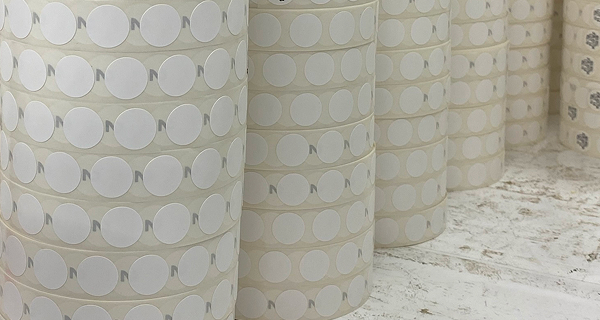
Thermal transfer labels can be made from a wide range of materials, each suited for different conditions and lifespans. Paper is ideal for everyday use, while synthetics like polypropylene and polyester offer added durability. The right facestock depends on your environment, handling, and performance requirements.
Adhesives determine how long a label stays in place — and under what conditions. Thermal transfer labels can be paired with permanent, removable, or specialty adhesives based on the surface and environment. Matching adhesive type to your application ensures lasting performance and clean removal when needed.

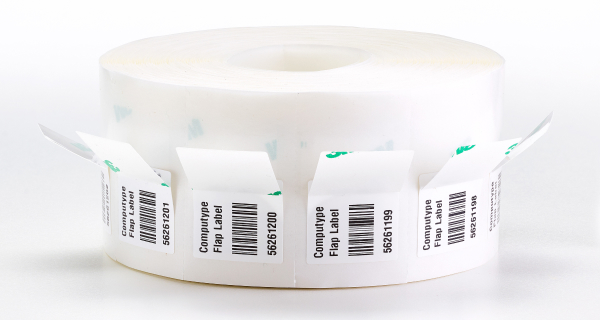
In thermal transfer workflows, durability is mostly built into the label and ribbon — there’s no topcoat applied after printing like in a pre-printed process. Some facestocks include protective coatings to help anchor the print, but those coatings are part of the base material. For most print-on-demand applications, this is more than enough, especially when paired with a durable ribbon.
When labels face heavy handling or chemical exposure, self-laminating options offer added protection. These labels include a clear film that wraps over the printed area, sealing it in after printing. It’s a reliable way to extend label life without switching to pre-printed solutions. For the most extreme environments or regulatory needs, pre-printed labels with cured coatings are still the gold standard.
The ribbon is what makes thermal transfer printing possible, transferring ink to the label under heat and pressure. Its composition directly impacts print quality, durability, and resistance to smudging, abrasion, or chemicals. Selecting the right ribbon means balancing performance with material compatibility and environmental demands.
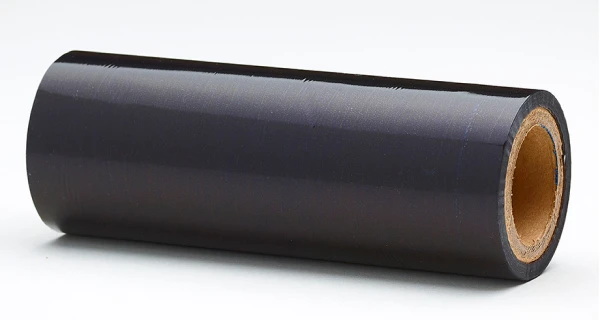
Thermal transfer ribbons are engineered with multiple functional layers — and the makeup of each layer affects how the ribbon prints, how it holds up over time, and how it interacts with your printer. While ribbon type plays a major role in durability, it’s the internal construction that determines how well that performance actually translates to the label.
Wax ribbons are the most common and cost-effective option, especially for short-term or indoor labeling. They produce sharp, clear prints on coated and uncoated paper but offer limited resistance to abrasion or chemicals. These ribbons require lower heat to transfer and are ideal for shipping, retail, and warehouse applications. They’re typically not suitable for synthetic face stocks or harsh environments.
The ribbon you choose determines how long the print lasts — and under what conditions. Wax ribbons work best on paper and offer cost-effective clarity for shipping and warehouse labels. Wax/resin and full resin ribbons increase resistance to smudging, solvents, and high heat, especially on synthetic materials, making them ideal for healthcare, industrial, and laboratory use.
Thermal transfer printers apply heat to transfer ink from ribbon to label with precise control. They come in desktop and industrial models, each supporting different media sizes, ribbon lengths, and print resolutions. When set up correctly with matching ribbon and label materials, these printers produce consistent, high-quality output — even in high-volume or high-stress environments.
A ribbon isn’t just defined by its chemistry — it has to work in harmony with both the label material and the printer itself. Too often, print issues like smearing, fading, or poor edge definition are caused by incompatibility, not a faulty ribbon.
Material surface energy, coating type, and environmental demands all influence how well a ribbon bonds to the label. At the same time, printers have specific requirements for ribbon orientation, printhead sensitivity, and mechanical tolerances. To get crisp, durable results, all three elements — label, ribbon, and printer — need to be aligned.
A mismatch in any part of the system can cause excessive ribbon wear, poor transfer, or even damage to the printhead over time. This is especially true in critical applications like lab samples, electronics, or GHS chemical labeling, where durability and scannability can’t be compromised. We help you select ribbons not just based on material, but based on how your printer operates and what your environment demands. That’s how you get clean, consistent prints — from the first label to the last.
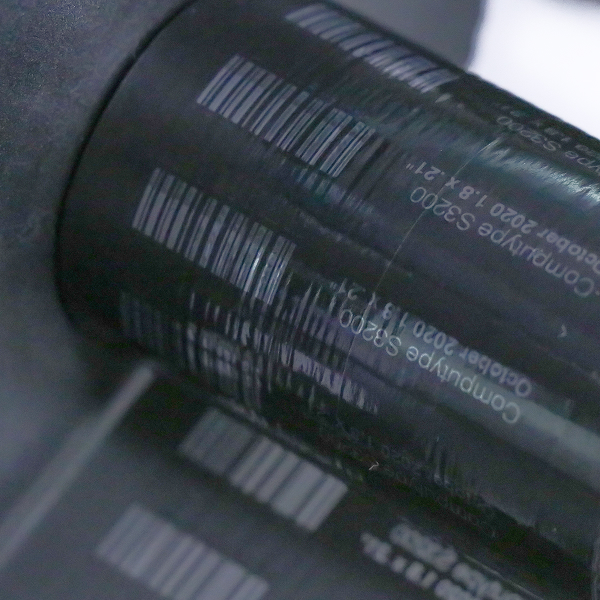
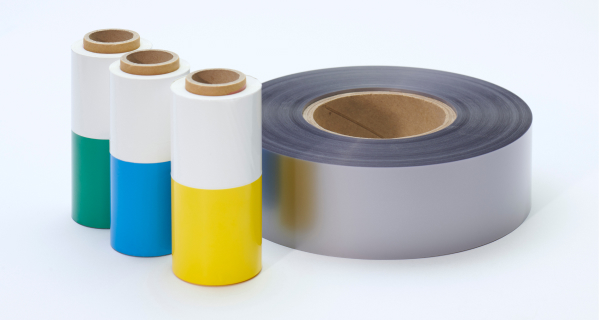
Thermal transfer ribbons aren’t limited to black — color options are available for applications that require visibility, branding, or compliance. Single-color ribbons come in a range of standard and custom colors, and dual-color ribbons or two-ribbon printers can enable you to print multiple colors in a single pass.
Some assume the face stock drives durability, but in thermal transfer, the ribbon does the heavy lifting. Without a laminate or overcoat, the printed image is exposed — and whether it resists abrasion, solvents, or heat depends entirely on the ribbon.
Thermal transfer labels are only as effective as the system they run on — and that includes the printer. Print quality, ribbon wear, and label performance can all be impacted by printer setup and maintenance. We help you select, optimize, and maintain printers to get the most out of your thermal transfer labels.
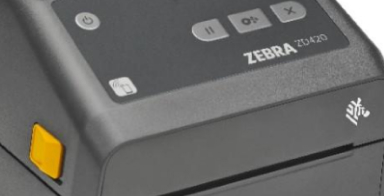
Compact systems for lower-volume use in labs, clinics, or smaller production lines. Compatible with thermal ribbons and various label sizes for daily print needs.
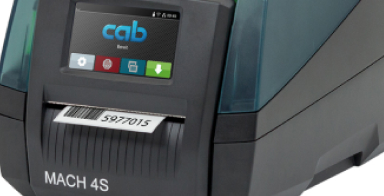
Built for high-volume environments and larger label formats. Offer fast print speeds, robust construction, and compatibility with durable ribbons and synthetic materials.
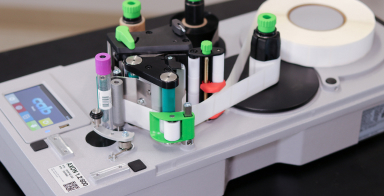
Integrate real-time thermal transfer printing with automated applicators. Designed for high-speed workflows, these systems reduce manual handling and improve label placement accuracy.
A ribbon isn’t just defined by its chemistry — it has to work in harmony with both the label material and the printer itself. Too often, print issues like smearing, fading, or poor edge definition are caused by incompatibility, not a faulty ribbon.
Material surface energy, coating type, and environmental demands all influence how well a ribbon bonds to the label. At the same time, printers have specific requirements for ribbon orientation, printhead sensitivity, and mechanical tolerances.
A mismatch in any part of the system can cause excessive ribbon wear, poor transfer, or even damage to the printhead over time. This is especially true in critical applications like lab samples, electronics, or GHS chemical labeling, where durability and scannability can’t be compromised. We help you select ribbons not just based on material, but based on how your printer operates and what your environment demands.
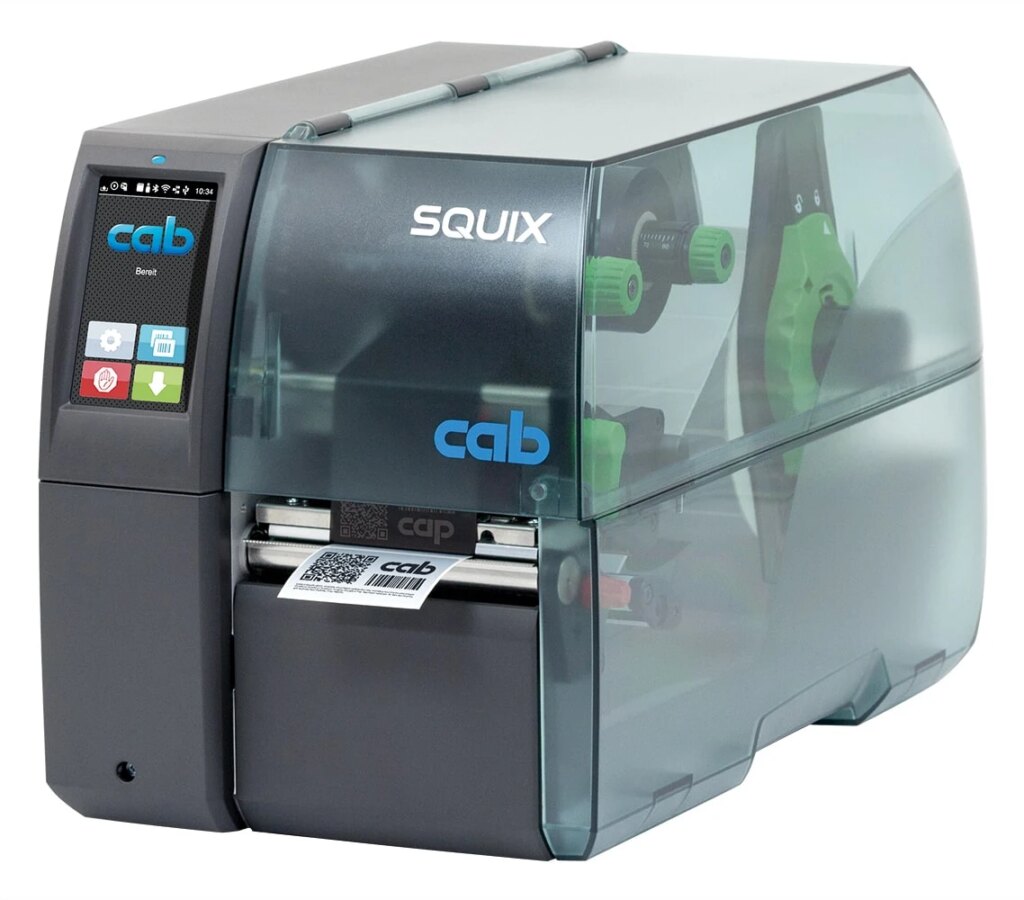
Misaligned ribbons or labels can lead to smudged prints, incomplete transfers, or wasted materials. Ensuring the ribbon and label are properly threaded and aligned reduces these issues. Checking alignment regularly prevents interruptions and ensures consistent, professional-quality prints.
The printhead is a critical component that requires regular care to maintain performance. Cleaning the printhead with isopropyl alcohol removes dust, adhesive residue, and ink buildup that can cause streaks or uneven printing. Regular cleaning also extends the printhead’s lifespan.
Calibration ensures the printer applies the right amount of heat and pressure for the material being used. Incorrect settings can cause fading, smudging, or poor adhesion of the printed image. Regular calibration optimizes print quality and prevents unnecessary wear on the printer’s components.
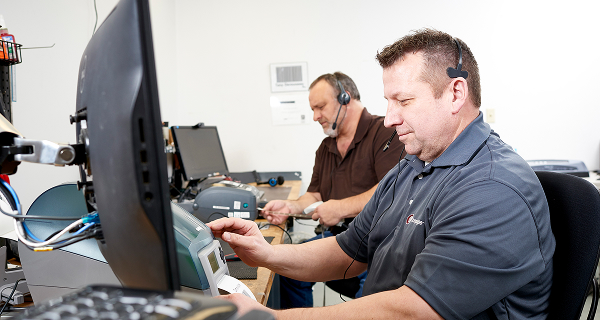
With decades of experience in thermal transfer printing, we provide expert support to ensure your systems operate seamlessly. Whether you’re starting from scratch or upgrading existing equipment, our guidance ensures you achieve efficient, high-quality results.
These label kits are designed for use with thermal transfer printers, offering durable, long-lasting prints that hold up in demanding environments. Each option below is engineered for a specific application, from cryogenic storage to microplate tracking. Explore a range of label formats and materials compatible with standard ribbons and printers.
Showing 1–9 of 44 results
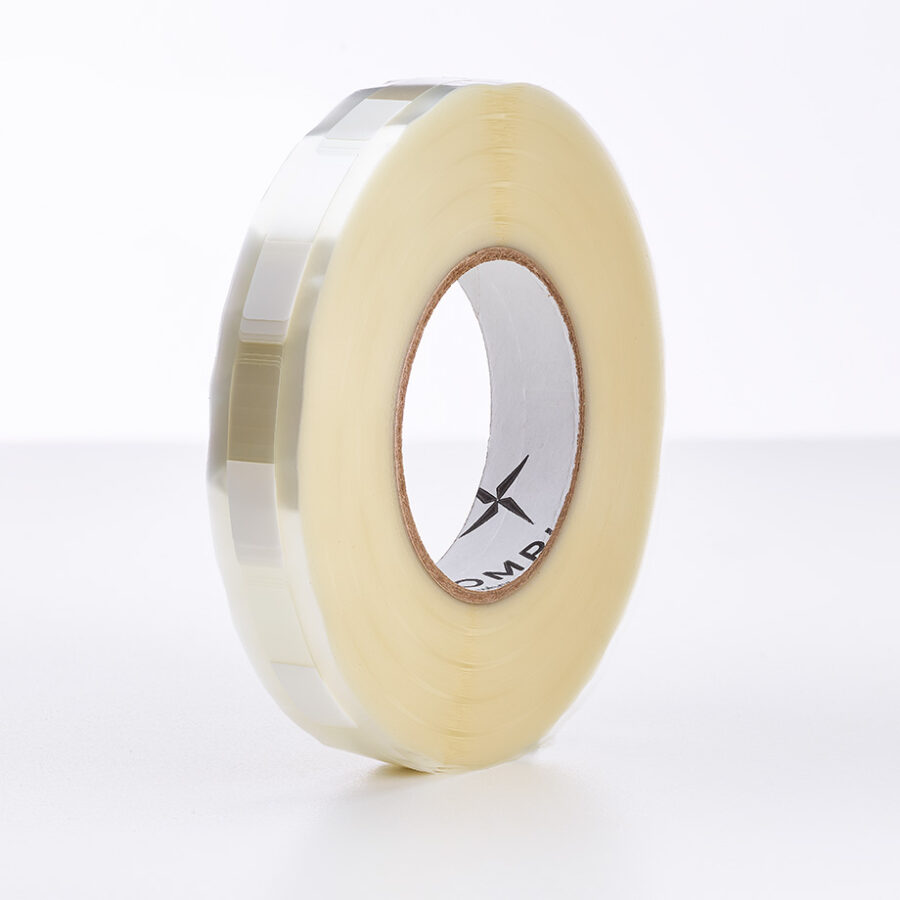
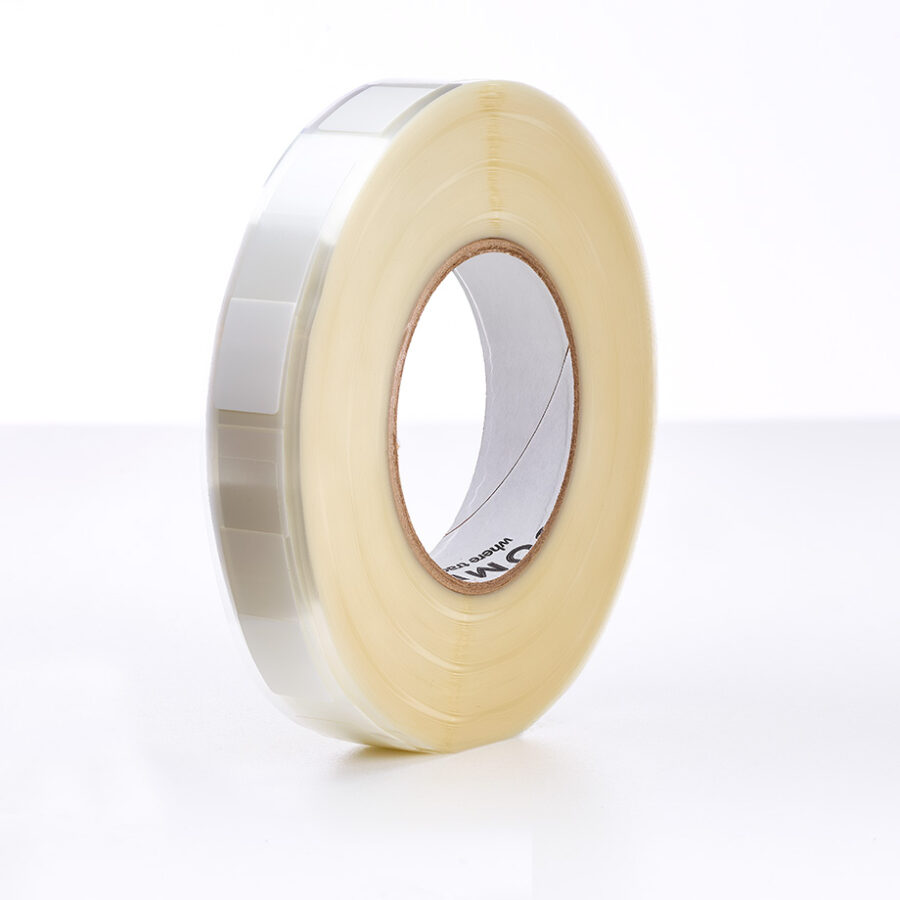
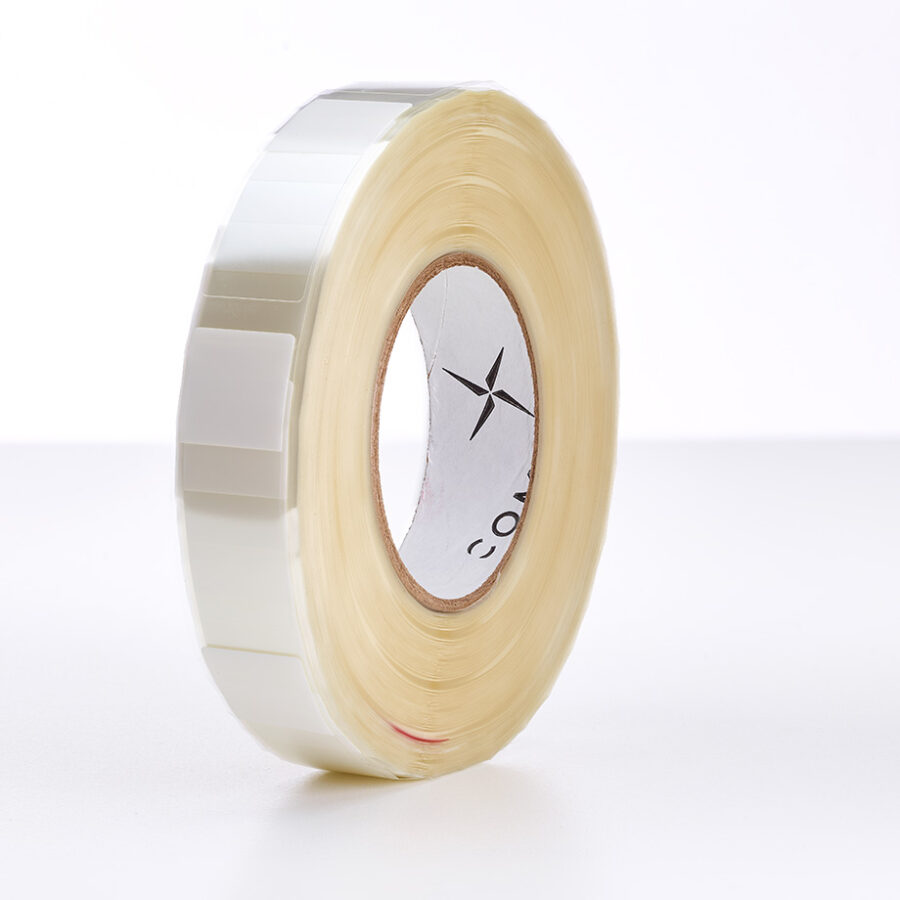
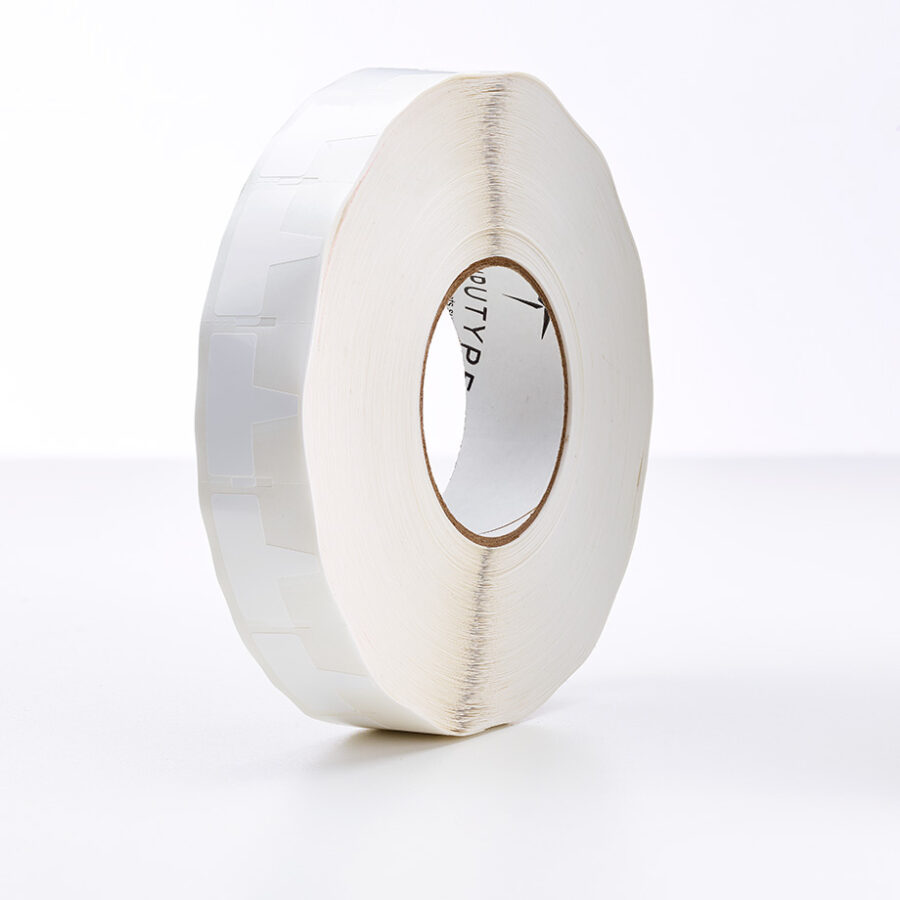
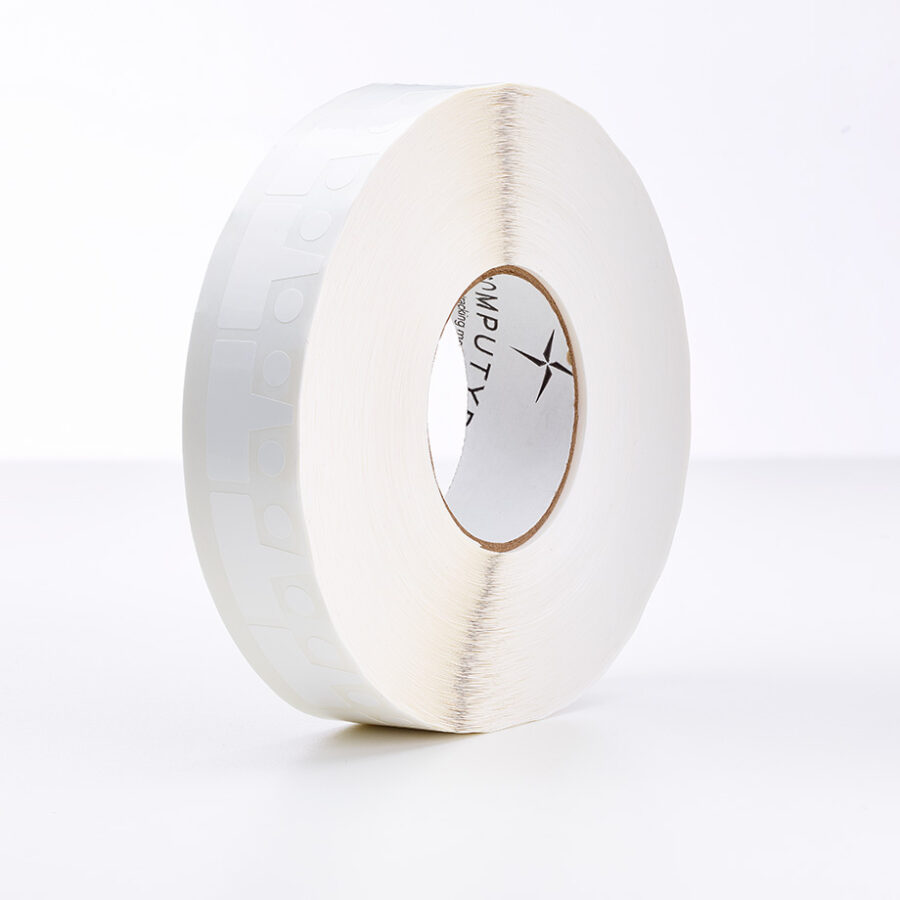
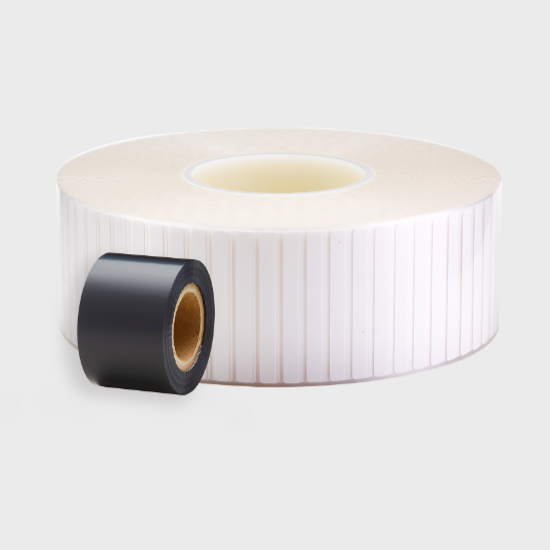
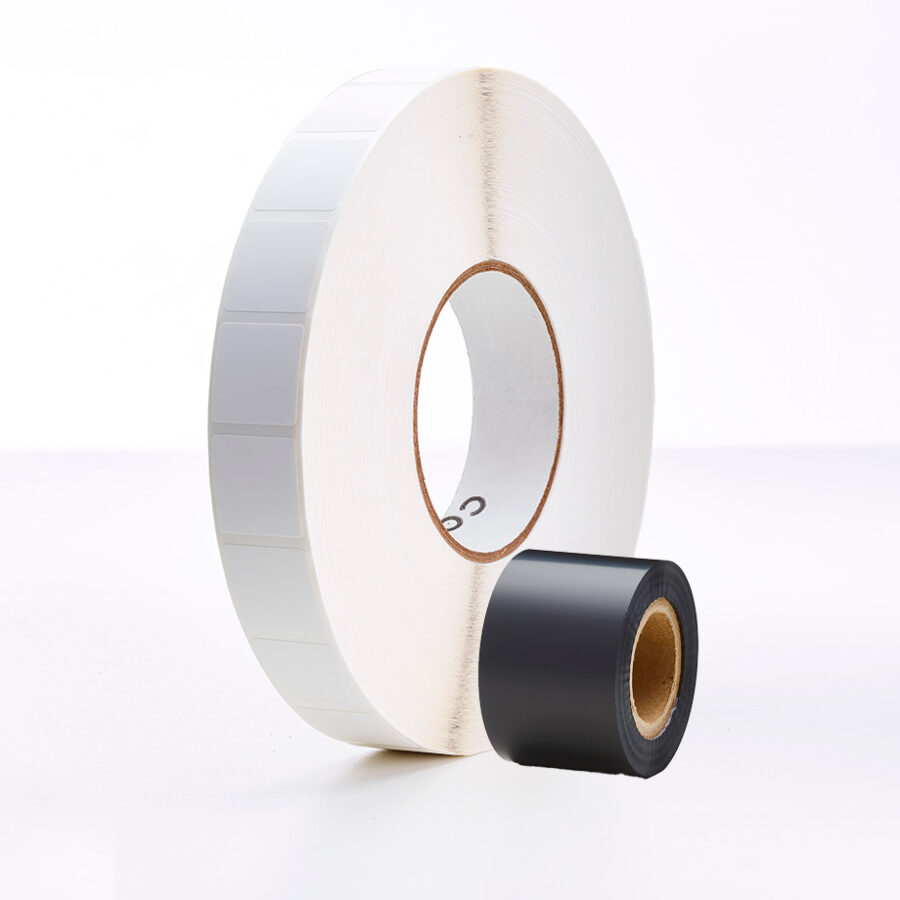
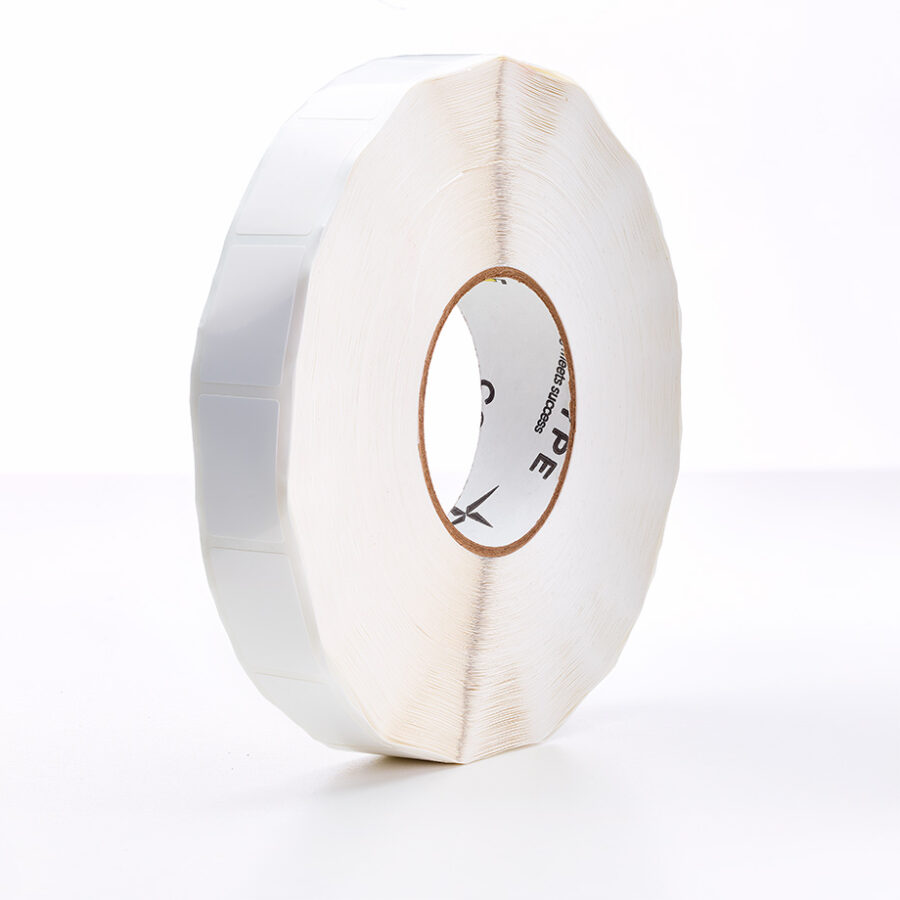
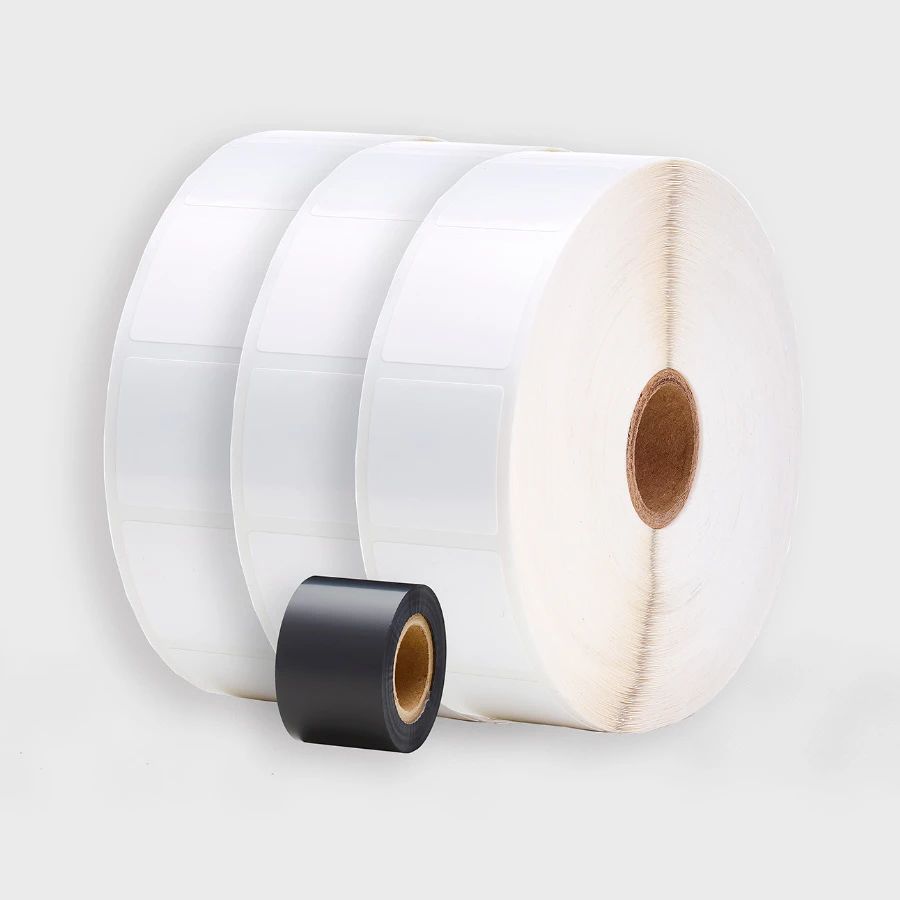
Take advantage of our volume discounts for bulk orders. Reach out to us for a personalized quote tailored to your needs.
"*" indicates required fields